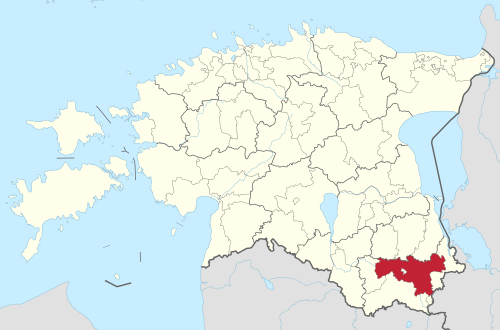We prepared an analysis for the Museum Card (SA Muuseumikaart) aimed at evaluating the financial impact on the state if the current sports support (TuMS § 48 p 55) were extended to cultural consumption, such as visiting museums, theaters, cinemas, concerts, and festivals.
Currently, sports support is defined as follows: expenses incurred by the employer for the promotion of employee health are not taxed as fringe benefits up to 100 euros per employee per quarter, provided that the employer has made these benefits available to all employees. The measure includes participation fees for public sports events, use of sports facilities, maintenance costs of sports facilities, health services, and health insurance premiums. This measure has been in effect since January 1, 2018, and has mainly been used to cover sports-related expenses.
To conduct the analysis, aggregated data from the Estonian Tax and Customs Board (EMTA) on the use of the measure during the period 2018-2023 were utilized. Additionally, we used the results of a survey commissioned by SA Muuseumikaart and conducted by Norstat, which examined respondents’ opinions on extending the measure to cultural consumption.
EMTA data revealed that the total usage of the measure nearly tripled between 2018 and 2023, with the largest increase occurring in 2022. The number of users of the measure grew by approximately 60%, and the average amount per person increased from 120 euros to 216 euros per year. Furthermore, data from the Estonian Insurance Association indicate that the use of employer health insurance has significantly increased in recent years.
According to the analysis, the use of the measure for cultural consumption could increase in three ways: the addition of new users within current companies, increased activity from existing users, and new companies adopting the measure. Based on Norstat’s survey, the potential target group is 48,900 people who might start using the measure for cultural consumption.
We presented the estimated additional VAT revenue based on three scenarios:
- Low usage: 30 euros per year
- Medium usage: 60 euros per year
- High usage: 120 euros per year
Considering different levels of substitution rates (25%, 50%, 75%), the additional VAT revenue would be approximately 55,000 euros in a pessimistic scenario and up to 660,000 euros in an optimistic scenario.
The review of measure usage showed that its popularity has increased in recent years, mainly due to the greater prevalence of employer health insurance. Norstat’s survey indicated that there would also be significant demand for cultural consumption. Extending the measure to the cultural sector could increase both cultural consumption and state tax revenues.
According to the analysis scenarios, the state could earn additional VAT revenue ranging from 55,000 to 660,000 euros per year. In addition to the increase in VAT revenue for the state treasury, cultural institutions would earn additional ticket revenue, thereby increasing their income and enabling them to offer more and higher quality cultural services.




